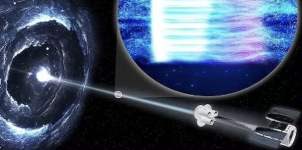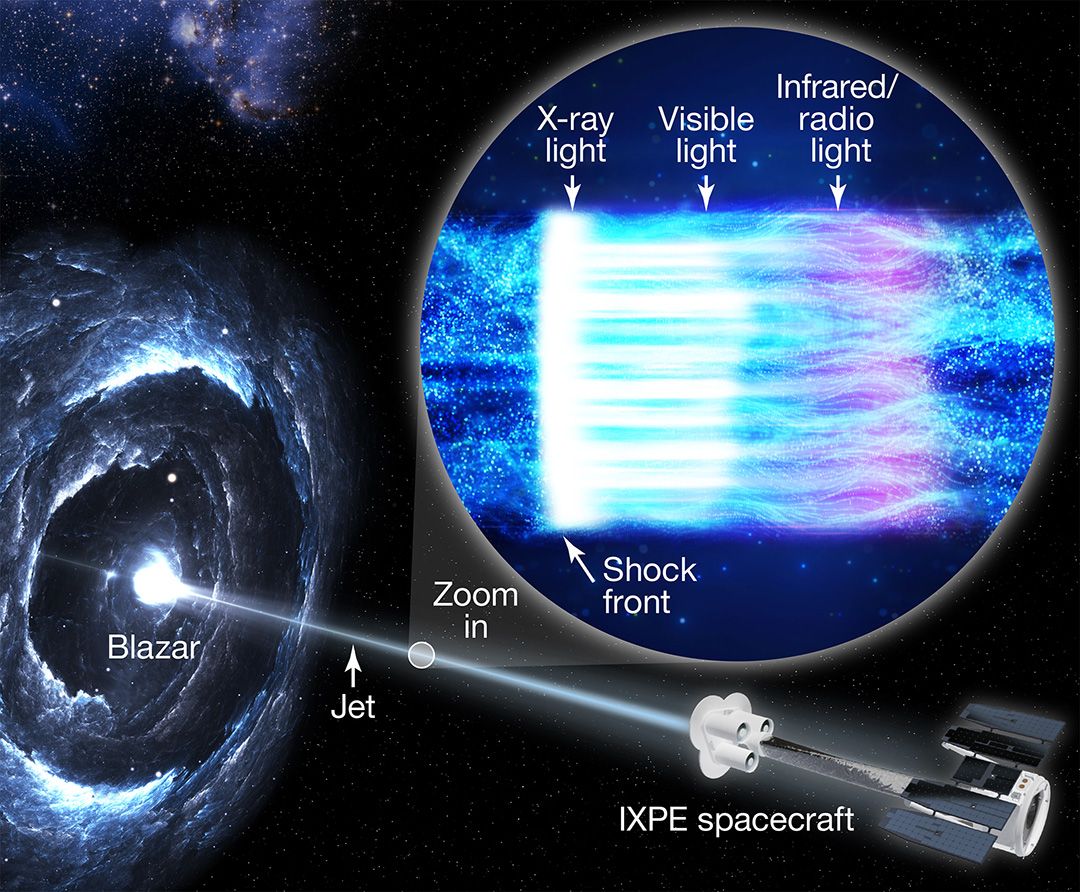BOOTES: Black hOle Optical polarization TimE-domain Survey

Supermassive black holes (SMBHs) form the most intriguing astrophysical systems offering countless opportunities to study fundamental physics in regimes not accessible to laboratories on Earth. Their multimessenger emission manifests in the formation of accretion disks, jets, and the acceleration of extremely energetic particles, all of which are still poorly understood. The most energetic of the supermassive black hole systems are transients called Tidal Disruption Events (TDE) and a subclass of active galactic nuclei (AGN) called blazars, whose jets are oriented within a few degrees of the Earth's line of sight. These systems are notorious for their high-energy emission and rapid variability.
Even after decades of study, we still do not fully understand the formation of structures around SMBHs and the origin of their high-energy radiation. Drastically different theories have been proposed to explain the observed behaviour of these systems, but so far, observations have not been enough to settle the debate. Polarization of light can provide answers to such long-standing black hole physics questions since polarization signatures clearly distinguish between competing theories. However, the polarimetric data necessary for such a task are still missing.

BOOTES is a unique European Research Council (ERC) funded project that aims to tackle decades-long fundamental questions in the field of black hole physics by providing an unprecedented view of multiwavelength polarization in both steady and transient black hole systems on timescales that have so far been unattainable. BOOTES objectives are enabled by two unique instruments. (1) Robopol: a novel high-accuracy polarimeter at the Skinakas Observatory that has already allowed us to answer important long-standing questions on the evolution of the magnetic field and its connection to high-energy emission in SMBH jets; (2) the Imaging X-ray Polarimetry Explorer (IXPE), NASA’s first X-ray polarization mission. Members of the BOOTES team will be conducting research with cutting-edge facilities and lead the new field of high-energy polarization from SMBHB jets. Students of all levels (undergraduate, Masters, PhD) and postdocs interested in research related to BOOTES are highly encouraged to contact Dr. Yannis Liodakis.
